
Byzantine COPPER COINS IN DARK AGE BRITAIN
Many of you will have seen the recent Netflix film The Dig about the discovery of Sutton Hoo. There is one notable scene on the excavation when Charles Phillips exclaims that Saxon England “was no longer in the Dark Ages”. Indeed, among the material found were Byzantine objects, most notably a large silver platter stamped with the monogram of the Byzantine emperor Anastasius I (AD 491- 518). Many of the Byzantine finds from Britain are high value pieces, such as gold coins, and suggest long distance trade in exotic items (Fig 1).
However, in recent decades there has been the discovery of more prosaic material. Excavations at Tintagel and Bantham have uncovered much Mediterranean pottery of the period, but also many copper Byzantine coins from the 6th and 7th centuries have been recorded with the Portable Antiquities Scheme (PAS: www.finds. org.uk) by metal detectorists.
In academic circles it was long considered that Byzantine copper coins found in Britain were later imports, brought back to Britain by tourists, clergymen and soldiers who had been in and around the eastern Mediterranean in the last couple of centuries. In many cases this can be shown to be true, as the discovery of many such pieces in urban gardens attests – one can imagine children being allowed to play with such curios, resulting in their loss. The eminent scholar George Boon showed how the vast majority of ‘exotic coins’ supposedly found in ancient contexts were in fact later intruders. (1) However, after this, it became normal to reject an ancient context for any Byzantine copper coin found in Britain; but this was to do Boon a dis-service, because he acknowledged that some could easily have been ancient losses.
When I began working for the PAS in 2006, I was intrigued to see a small number of these coins appearing on the Database. This led to an initial study for publication in 2009 covering around 30 coins; this helped form the basis for a wider study by Cecile Morrison in 2014. (2) I am now preparing another article as the number of copper coins which I think have ancient contexts (from excavation and PAS) has risen to almost 60.
These coins range in date from AD 498 to around AD 655, that is from Anastasius to Constans II. I break the coins down into three periods. The first period includes 25 postreform coins of the reigns of Anastasius (Fig 2), Justin I (Fig 3) and Justinian the Great (Fig 4) (AD 498-565). Anastasius and Justin I laid the financial foundation for the remarkable military and building activity of Justinian, notably his reconquest of North Africa and Italy, and his construction of Hagia Sophia in Constantinople. Many of the coins from this period are folles with the large M on the reverse, denoting 40 nummi.
(1) G. C. Boon, ‘Byzantine and other exotic ancient bronze coins from Exeter’, in N. Holbrook and P. T. Bidwell (eds.), Roman Finds from Exeter (Exeter Archaeological Report 4, 1991), 38-45
(2) S. Moorhead, ‘Early Byzantine copper coins found in Britain – A review in light of new finds recorded with the Portable Antiquities Scheme’, in O. Tekin (ed.), Ancient History, Numismatics and Epigraphy in the Mediterranean World (Istanbul, 2009), 263-274. C. Morrison, ‘Byzantine Coins in Early Medieval Britain: A Byzantinist’s Assessment’, in R. Naismith, M. Allen and E. Screen (eds.), Early Medieval Monetary History: Studies in Memory of Mark Blackburn (Ashgate, 2014), 207-42

The second period has 15 coins from the reigns of Justin II, Tiberius II Constantine and Maurice Tiberius (AD 565- 602). The most distinctive coin of this era is a follis showing the enthroned Justin II and his empress Sophia (Fig 5), there being four examples on the PAS Database.
The final period covers 15 coins from the reigns of Phocas (Fig 6), Heraclius and Constans II (AD 602-668), a time when Byzantium first fought a bitter war with the Sasanians and then lost their Near Eastern territories to the Arab invasions. This means that there are an increasing number of coins from the mints at Carthage (Fig 7) and in Sicily, probably reflecting the reduction in trade with the eastern Mediterranean.
The map (Fig 8) shows the distribution of finds across Britain. Various regional groupings are emerging. Firstly, there are several finds in Devon and Cornwall, with a concentration to the south and east of Exeter. Increasingly, we are getting records of coins from the Isle of Wight and Hampshire, notably ones identified from excavation and research by Martin Biddle in Winchester.3
Another important group is associated with a known early Mediaeval site at Meols on the
tip of the Wirral.4 It is possible that we are seeing a cluster in Kent and Essex and along the Thames Valley, but more finds are required to confirm this.
However, most interesting is the discovery of no fewer than eight Byzantine copper coins, dating from c. 585-c.629, in a controlled detector survey at Rendlesham, a known
Saxon royal centre, not far from Sutton Hoo5 (Fig 6). They have been found alongside other early Mediaeval coins which helps to confirm that they are ancient losses. So, we now
have further evidence for contact with the Byzantine world in Saxon Suffolk, but this time from much more workaday objects, rather than exotic treasures.
I think Charles Phillips would have still been excited.
(3) E. S. Georganteli, ‘The Byzantine Coins’, in M. Biddle (ed.),
The Winchester Mint and coins and related finds from the
excavations of 1961-71 (Winchester Studies 8, 2012), 669-79
(4) D. Griffiths, ‘Early mediaeval material: AD 400-450 to 1050-
1100’, in D. Griffiths, R. A. Philpott & G. Egan (eds.), Meols,
The Archaeology of the North Wirral Coast (Oxford University
School of Archaeology Monograph 68, 2007), 58-77.
(5) https://www.ucl.ac.uk/archaeology/research/directory/
lordship-and-landscape-east-anglia
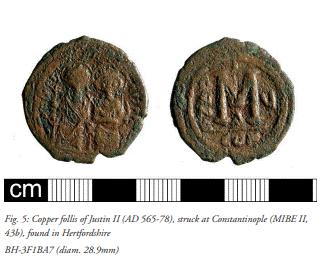
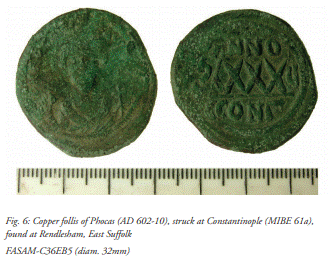
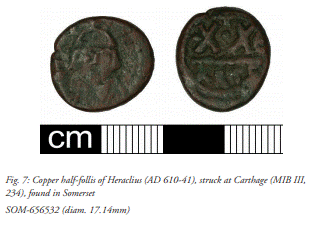
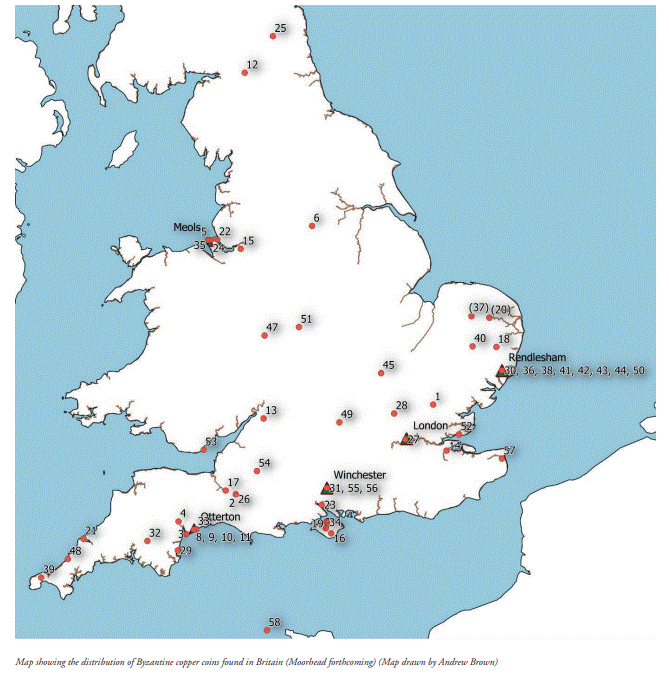
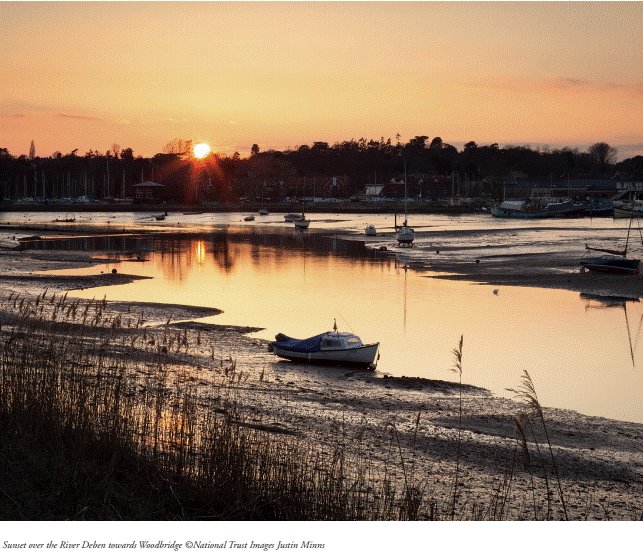
“She was so beyond her time as a woman at the beginning of the 20th century. She was well travelled and educated and generous throughout her life”
Carey Mulligan on Edith Pretty
